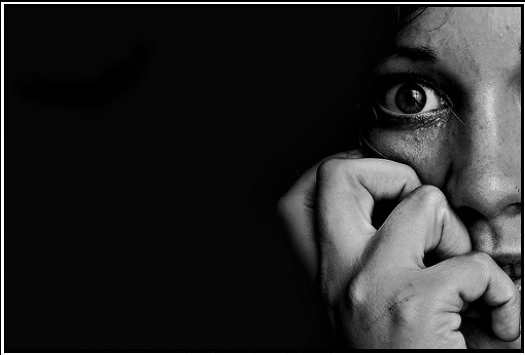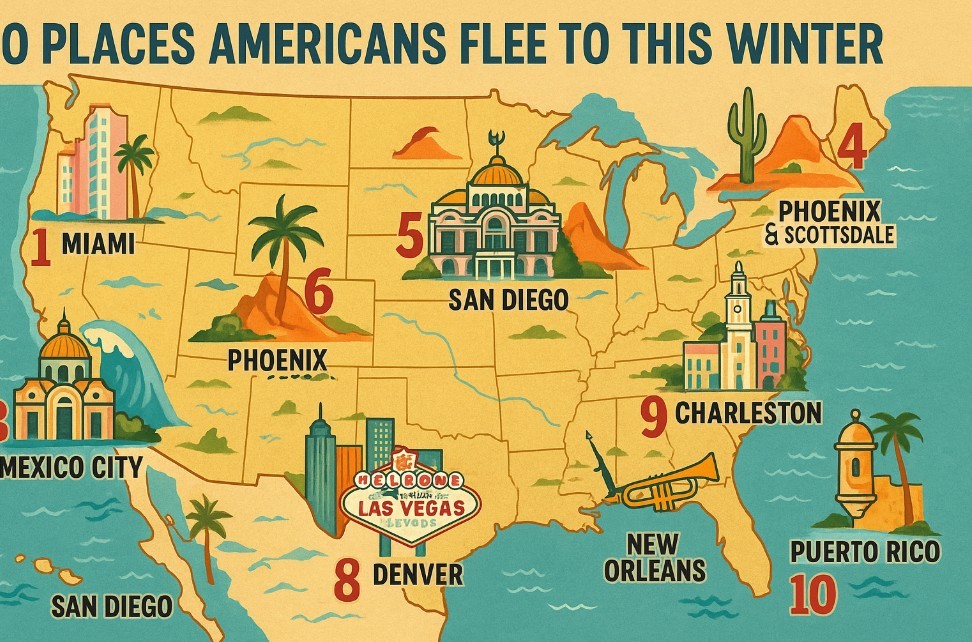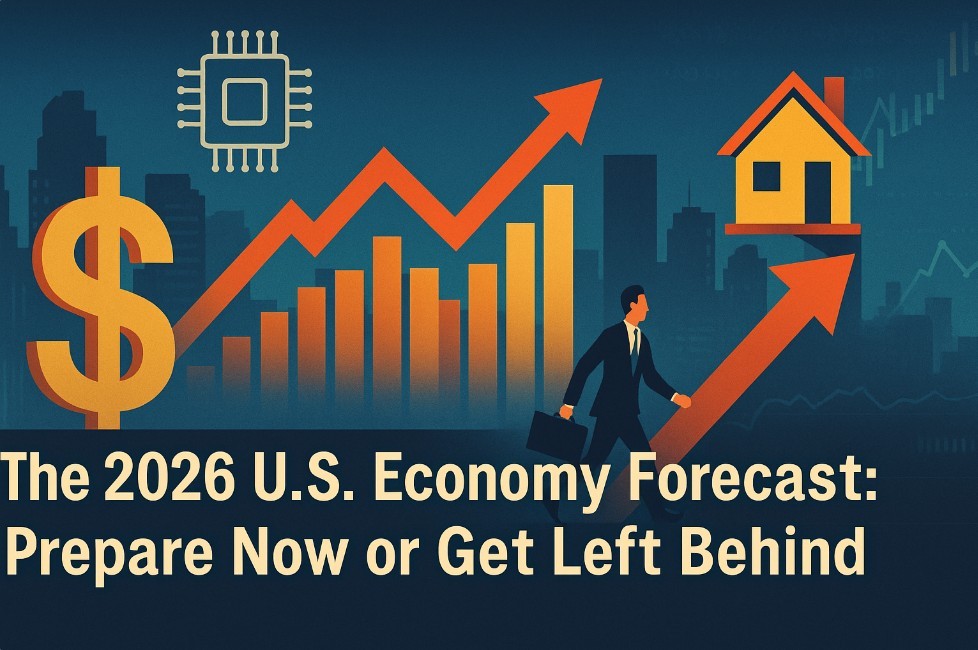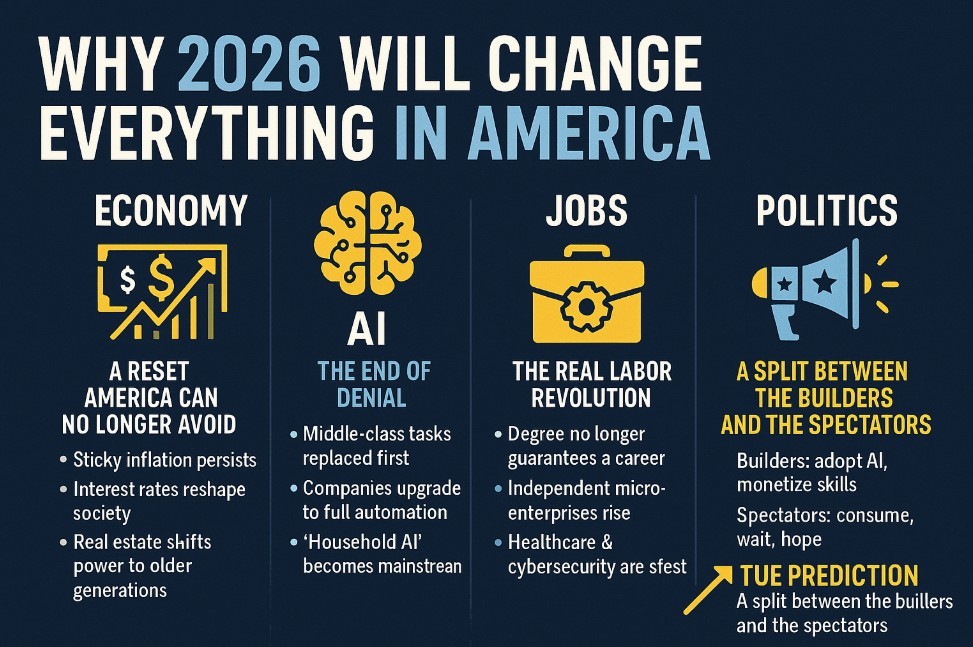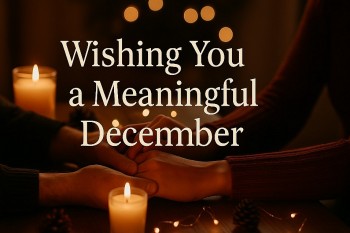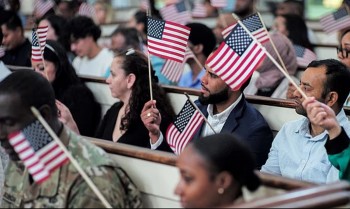The Strangest Phobias in the World: 20 Fears That Will Shock You
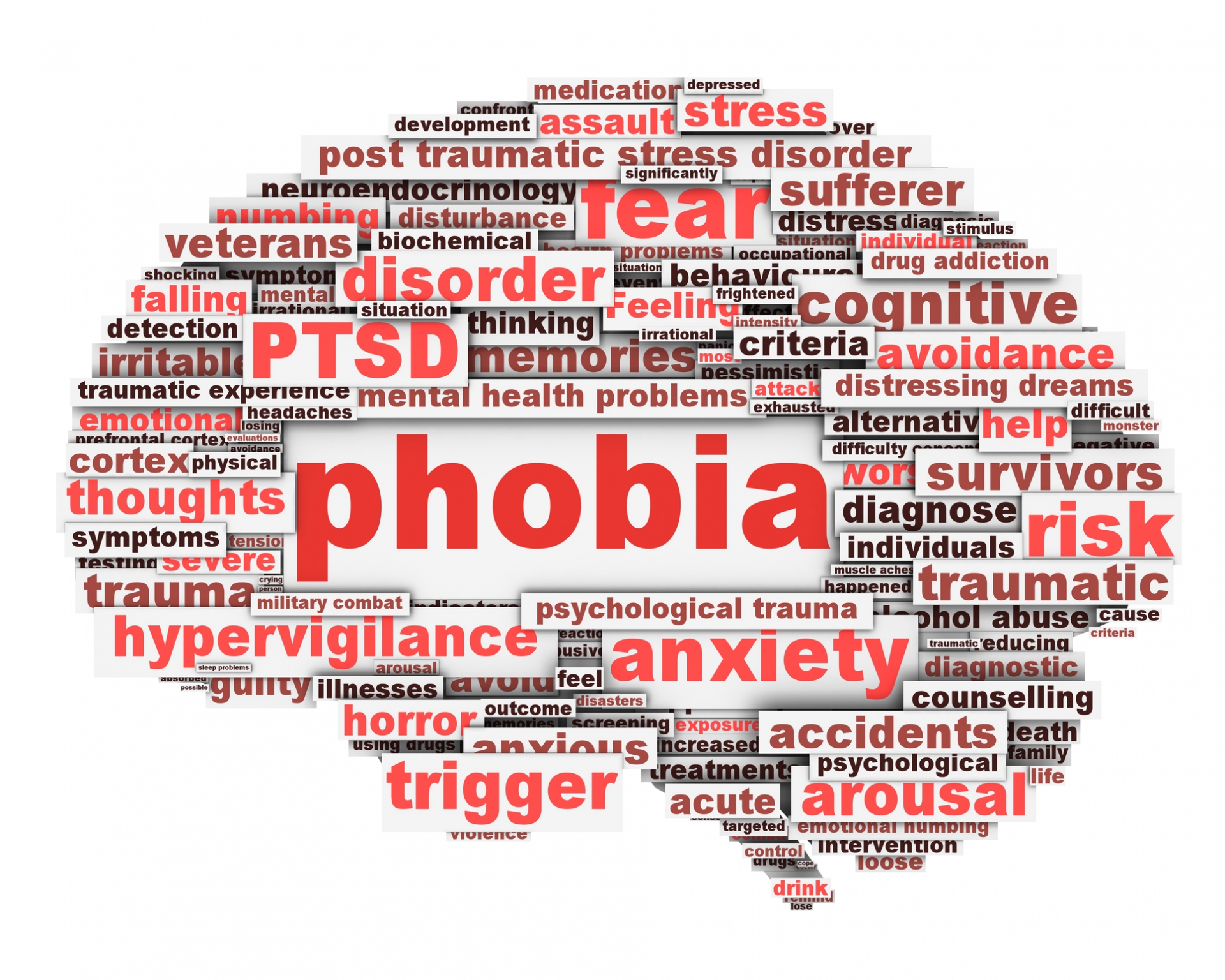 |
| Weirdest Phobias You Might Not Have a Clue. Photo: Willingness |
We all experience fear—whether it’s spiders, heights, or clowns, everyone has something that gives them goosebumps. But when does a normal fear cross the line and become a phobia?
Although the terms fear and phobia are often used interchangeably, there's a crucial difference between the two. According to Dr. Simira Freeman, Psy.D., a clinical psychologist and founder of Chaise Solutions LLC in New York City, “Phobias are far more intense and debilitating. They affect fewer than 10% of the population but can have a serious impact on daily life.”
So, what exactly sets a phobia apart from ordinary fear?
When someone with a phobia encounters their specific trigger—be it an object, situation, or even a thought—they experience a powerful, overwhelming response. This reaction is filled with extreme anxiety, often leading to panic attacks, avoidance behavior, and emotional distress. “It’s all-consuming,” Dr. Freeman explains. “That level of intensity is the hallmark of a true phobia.”
The List of 20 Weirdest Phobias
1. Arachibutyrophobia: Fear of peanut butter sticking to the roof of your mouth
Arachibutyrophobia is an uncommon yet real phobia—an intense fear of peanut butter sticking to the roof of one’s mouth. While most people have experienced this mildly uncomfortable sensation at some point, individuals with arachibutyrophobia react with heightened anxiety or even panic.
The severity of arachibutyrophobia can differ greatly among sufferers. Some individuals may tolerate small amounts of peanut butter, while others avoid it entirely—along with any foods that resemble its sticky, thick texture.
This phobia may stem from broader psychological triggers, such as:
-
A general fear of sticky substances
-
Fear of choking or suffocation
-
A traumatic past experience, like choking on peanut butter or having a severe allergic reaction
Whether rooted in sensory aversion or trauma, arachibutyrophobia can significantly impact a person’s relationship with food and daily comfort.
2. Nomophobia: Fear of being without your mobile phone
Nomophobia—short for “no mobile phone phobia”—is the intense fear or anxiety of being without your smartphone. Individuals with this condition experience overwhelming distress when they’re unable to use their device, whether it’s due to a dead battery, poor signal, or simply forgetting the phone at home.
For those suffering from nomophobia, the mere thought of being disconnected can trigger panic attacks, elevated heart rate, and extreme anxiety symptoms. The fear isn’t just irrational—it’s often linked to cell phone dependency or addiction.
This modern phobia has become increasingly widespread. Studies show that between 9% and 77% of people in different populations report anxiety when they can’t access their phones. Many sufferers compulsively check their devices throughout the day, even in the absence of notifications.
Experts believe nomophobia may be part of a broader behavioral health issue tied to technology addiction. A research group in Italy has even proposed that nomophobia be officially recognized in the DSM-V (Diagnostic and Statistical Manual of Mental Disorders) as a diagnosable condition.
3. Arithmophobia: Fear of numbers
While many people feel uneasy about math, arithmophobia—also known as numerophobia—goes far beyond typical classroom dread. It’s a specific phobia characterized by an intense, irrational fear of numbers and math-related tasks.
Unlike general math anxiety, people with arithmophobia don’t just dislike solving equations—they experience genuine fear and panic when confronted with numbers, calculations, or even the idea of having to perform math. In most cases, it's not the symbols themselves that provoke fear, but the thought of dealing with numerical tasks.
This condition can have a major impact on daily life. From budgeting and scheduling to professional responsibilities, numbers are everywhere. For someone with arithmophobia, even simple activities—like reading a digital clock or checking a receipt—can trigger anxiety.
4. Lachanophobia: Fear of Vegetables
 |
| Photo: Nutright |
“One of my clients had an extreme, irrational fear of baby carrots,” shares Eric Patterson, LPC, a licensed professional counselor based in Pennsylvania. “Just the sight, smell, or taste of baby carrots triggered intense discomfort—and when combined with ranch dressing, the reaction often escalated to severe anxiety and even nausea.”
This is a striking example of how unusual food phobias can manifest, affecting a person's emotional and physical response in unexpected ways.
5. Trypophobia: Fear of Images with Patterns of Holes or Bumps
“This is one of the lesser-known phobias, but it can significantly affect people—especially while scrolling through social media,” explains Sharon Stiles, a professional hypnotist based in the U.K. “Images featuring honeycombs, seed pods, or even bubble wrap can trigger intense feelings of disgust or discomfort.”
This reaction is often associated with trypophobia, the fear or aversion to clusters of small holes or patterns, which has become increasingly discussed due to its prevalence in digital content.
6. Pedophobia: Fear of Children
It might sound unbelievable, but pedophobia is a real psychological condition—a persistent and irrational fear of babies or young children.
“People with this rare phobia experience intense anxiety at the thought of, or interaction with, little ones—even though they recognize that the fear doesn’t make logical sense,” explains Peg Sadie, psychotherapist and resilience coach.
To cope, individuals with pedophobia often avoid situations, media, and environments where children are present. In more severe cases, this fear can influence major life decisions—such as choosing not to have children or steering clear of family-friendly events entirely.
7. Emetophobia: Fear of Throwing Up
Emetophobia is an intense and irrational fear of vomiting that goes far beyond simple discomfort. According to Tamar Chansky, Ph.D., psychologist and author of Freeing Your Child from Anxiety, this phobia can involve fear of vomiting, hearing words like "throw up" or "vomit," and even hearing someone say they feel sick.
“Some individuals avoid eating at restaurants because they fear they might vomit—especially in public or away from home,” Chansky explains. In more severe cases, this fear can impact major life choices. “I’ve had women express fear about becoming pregnant, solely due to the anxiety around morning sickness and the possibility of throwing up.”
Emetophobia can be profoundly disruptive, often leading to avoidance behaviors, dietary restrictions, and intense social anxiety.
8. Gamophobia: Fear of Marriage
 |
| Fear of Marriage |
Gamophobia is an intense, irrational fear of marriage or long-term commitment—far from the lighthearted tropes of romantic comedies. “Think The Runaway Bride, but without the Hollywood charm,” says resilience coach Peg Sadie.
People with gamophobia may genuinely develop romantic feelings for someone, but as the relationship deepens and emotional closeness is reciprocated, those feelings can suddenly shift into anxiety, fear, or even aversion. “What starts as affection can quickly turn into panic or hostility when commitment enters the picture,” Sadie explains.
This fear can make maintaining healthy relationships difficult, often leading to avoidance of serious partnerships altogether.
RELATED NEWS: Top 9 Common Phobias in the World
9. Podophobia: Fear of Feet
Podophobia is a lesser-known but very real phobia—marked by an intense fear or aversion to feet.
“I’ve evaluated both children and adults with this condition,” says Dr. Leela R. Magavi, a child, adolescent, and adult psychiatrist and Regional Medical Director at Community Psychiatry in California. “Even the sight, touch, or close proximity to feet can trigger extreme discomfort or, in some cases, full-blown panic attacks.”
Though rare, this phobia can significantly affect a person’s daily interactions, particularly in settings like public transportation, gyms, or even at home.
10. Somniphobia: Fear of Sleep
You've heard of insomnia, but having a sleep phobia goes beyond that type of anxiety, and people may have panic attacks at bedtime or stay up to the point of exhaustion. "The main trigger of somniphobia, as well as something that often goes along with it, is diagnosis of a sleep disorder like night terrors, sleep paralysis, or sleepwalking," says Sadie.
11. Lutraphobia: Fear of Otters
Most individuals who develop a fear of otters have experienced a traumatic encounter, such as being bitten or attacked. In some cases, simply witnessing someone else being harmed by an otter can be enough to trigger lasting fear or phobic responses.
This type of animal-related phobia often stems from direct or observed trauma and can lead to heightened anxiety around wildlife or even nature in general.
12. Xanthophobia: Fear of the color yellow
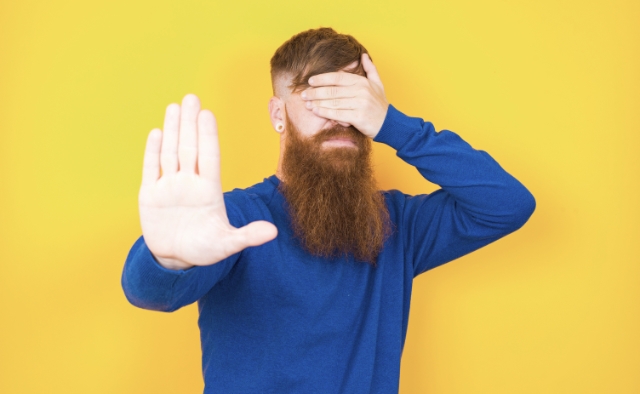 |
| Photo: Symptoms, Causes and Treatment |
Xanthophobia is a fear of the color yellow. People with xanthophobia are usually also afraid of any object that is yellow, such as school buses and flowers. People with xanthophobia may avoid the color yellow at all costs. This phobia tends to interfere with everyday life, as yellow things can be found everywhere.
13. Ablutophobia: Fear of bathing
Ablutophobia is a fear of bathing, washing or cleaning oneself. This phobia most often occurs in children and resolves with age, but can still be present in adults. People with ablutophobia avoid bathing and showering, which can lead to unpleasant body odor and sometimes subsequent social isolation. However, their fear of bathing and the anxiety they experience during bathing tends to be so extreme that these consequences pale in comparison. Ablutophobia may result from a traumatic event involving water, or a person being afraid of getting wet. In some cases, the phobia is related to aquaphobia, which is the fear of water.
14. Octophobia: Fear of the number eight
Octophobia is a fear of the number eight. Interestingly, there are few other known phobias to specific numbers, except for the fear of numbers themselves (arithmophobia) and the fear of the number thirteen (triskaidekaphobia). People with octophobia not only fear the symbol eight as it appears written down, on addresses or in advertisements, but they also can fear objects present in groups of eight.
The fear of the number eight may come from its resemblance to the infinity sign. It may also come from a traumatic event involving the number eight, such as an accident that happened on the 8th of the month.
15. Optophobia: Fear of opening one’s eyes
Optophobia is a fear of opening one’s eyes. This fear can be extremely debilitating, as it is hard for an individual to carry out daily activities without opening their eyes. People with optophobia may prefer to stay indoors or in dimly lit areas. This phobia is usually associated with a generalized anxiety disorder. Like so many other phobias, this fear is usually the result of a traumatic incident.
16. Globophobia: Fear of balloons
 |
| Photo: Airi Katsuta |
Globophobia is a fear of balloons. The level of fear varies from person to person and can range from avoiding being near balloons to avoiding places with balloons altogether. In some people, the fear is so great that even seeing a balloon on television triggers intense anxiety. This phobia can be especially hard for young children, as balloons are often present at children’s birthday parties.
Globophobia is usually brought on by a traumatic experience with a balloon as a child, such as a balloon popping and the noise frightening them. It can also be linked to a fear of clowns (or coulrophobia), as the two are often found together.
17. Chirophobia: Fear of Hands
This rare phobia can present as a fear of one's own hands or someone else's, but it's generally brought on by a traumatic experience, such as a hand injury or the onset of arthritis.
18. Genuphobia: Fear of Knees
People with genuphobia are afraid of knees — be it their own, someone else's, or the act of kneeling. This fear usually stems from a traumatic knee injury.
19. Hippopotomonstrosesquippedaliophobia: Fear of Long Words
Ironically, the term hippopotomonstrosesquipedaliophobia is one of the longest words in the dictionary—and it refers to the fear of long words. For those who suffer from this unusual phobia, just seeing or attempting to pronounce lengthy words can trigger anxiety or embarrassment.
This fear often begins in childhood, particularly after negative experiences in school, such as being laughed at while reading aloud or struggling to pronounce complicated vocabulary. Over time, these moments can develop into a deep-rooted fear that interferes with public speaking, reading, or academic performance.
20. Omphalophobia: Fear of belly buttons
Omphalophobia is a rare and specific phobia characterized by an intense fear or aversion to belly buttons, whether one’s own or others'. Individuals with this condition often go to great lengths to avoid any interaction with the navel area.
People with omphalophobia may refuse to look at, touch, or even acknowledge belly buttons. Some go as far as covering their own with a bandage or clothing to avoid visual contact. In more severe cases, they might avoid locations like beaches, pools, or gyms, where exposed midriffs are common.
This phobia may stem from a sensory aversion, past trauma, or deeper psychological discomfort related to body image or vulnerability.
Phobophobia (Fear of Phobias)Phobophobia is a fear of phobias. This can be described as free-floating anxiety, where a person spirals in a circle of anxiety from fearing fear itself. In that respect, it is a self-fulfilling prophecy. Phobophobia is commonly co-diagnosed with other types of specific phobias and is often associated with anxiety disorders. People with phobophobia will often avoid social situations or other situations that can lead to anxiety. When extreme, it will greatly interfere with an individual’s everyday life. |
 Top 10 Weirdest and Craziest Inventions of All Time Top 10 Weirdest and Craziest Inventions of All Time These are some of the strangest human inventions. Have you ever wondered what is the weirdest invention ever? Now, check out the list of the ... |
 Taylor Swift’s “Fearless” Expanded Album: Release Date , How to Preoder and Reasons for the Remake? Taylor Swift’s “Fearless” Expanded Album: Release Date , How to Preoder and Reasons for the Remake? Speaking to Good Morning America, Taylor Swift revealed that she would release the re-recorded version of “Love Story”, the very first single in the expanded ... |
 Top 9 Common Phobias in the World Top 9 Common Phobias in the World Phobias are distressing emotions initiated by out-of-proportion-fears, both real and imaginary. To the sufferer, a phobia can seem unbearable or even life-threatening, while others might ... |


